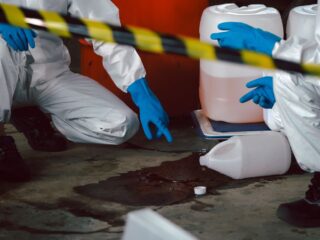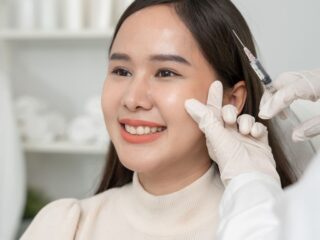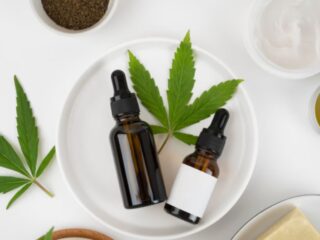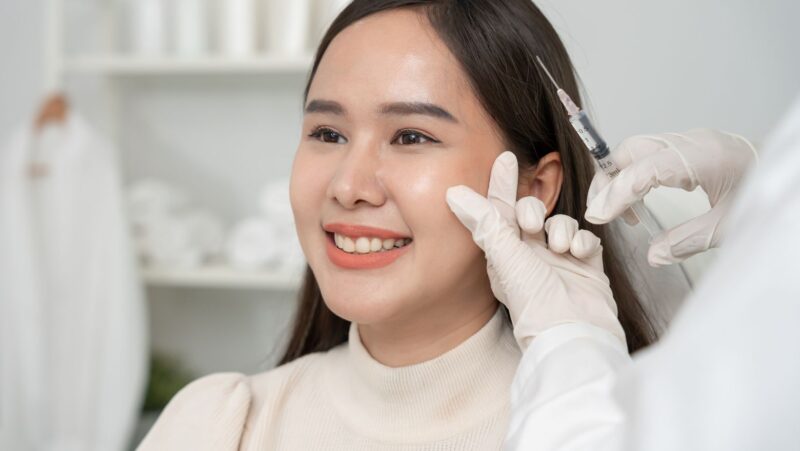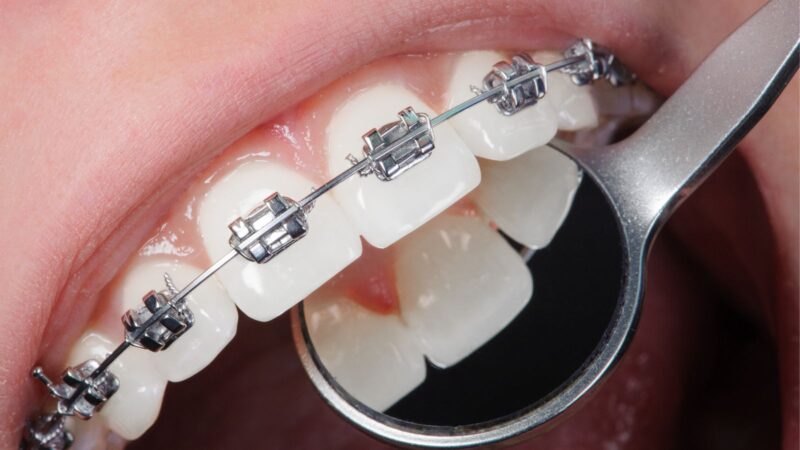
While menopause is a well-known phenomenon marking the end of a woman’s reproductive years, the male equivalent, known as andropause or sometimes colloquially referred to as “manopause,” is less recognized but equally impactful. Andropause refers to a gradual decline in testosterone levels that occurs as men age, bringing about a range of physical, emotional, and cognitive changes. Understanding and addressing andropause is crucial for promoting men’s health and well-being as they navigate the aging process.
What is Testosterone?
Testosterone is a vital hormone primarily produced in the testicles, though the adrenal glands also contribute a small amount. It serves as a cornerstone of masculinity, influencing everything from physical appearance to sexual function and mood regulation. Testosterone plays a pivotal role in the development of male reproductive tissues, secondary sexual characteristics, and the maintenance of bone density and muscle mass.
Why is Testosterone Important for Men?
Testosterone is indispensable for various aspects of men’s health and vitality. Beyond its role in physical development, testosterone impacts libido, sexual function, energy levels, mood, and cognitive function. Adequate testosterone levels contribute to overall well-being, supporting optimal physical performance, mental clarity, and emotional stability.
What are the Effects of Low Testosterone in Men?
Low testosterone levels, or hypogonadism, can significantly impact men’s health and quality of life. Symptoms may include decreased libido, erectile dysfunction, fatigue, loss of muscle mass, increased body fat, mood disturbances, reduced bone density, and cognitive decline.

These effects can manifest gradually, affecting physical, emotional, and mental functioning.
Additional Common Side Effects of Low Testosterone in Men:
In addition to the primary symptoms associated with low testosterone, men may also experience secondary effects that further diminish their quality of life. These may include sleep disturbances, hot flashes, reduced motivation, infertility, and changes in body composition. Addressing these secondary symptoms is essential for comprehensive management of hypogonadism.
What is Andropause?
Andropause, often referred to as male menopause or late-onset hypogonadism, is characterized by a decline in testosterone levels that occurs with aging. While not all men experience andropause to the same extent, the gradual decrease in testosterone can lead to a range of physical, emotional, and cognitive changes that impact overall well-being.
What are the Symptoms of Andropause?
The symptoms of andropause can vary widely among men but commonly include decreased libido, erectile dysfunction, fatigue, mood changes, decreased muscle mass and strength, increased body fat, and cognitive decline. These symptoms can significantly affect quality of life and may warrant medical attention for management.
Can Andropause be Prevented?
While the natural aging process and decline in testosterone levels cannot be prevented entirely, certain lifestyle modifications may help delay the onset or minimize the severity of andropause symptoms. These may include maintaining a healthy diet, engaging in regular exercise, managing stress effectively, getting adequate sleep, and avoiding excessive alcohol and tobacco use.
What Treatment Options Are Available for Andropause?
Treatment options for andropause aim to alleviate symptoms and improve quality of life. Testosterone replacement therapy (TRT) is a common approach involving the administration of synthetic testosterone to restore levels to normal range.

Other treatment options may include human growth hormone (HGH) therapy, lifestyle modifications, and alternative therapies such as herbal supplements.
Side Effects of Common Andropause Treatments Including Testosterone and HGH Therapy:
While testosterone and HGH therapy can be effective in relieving symptoms of andropause, they may also carry certain risks and side effects. These can include fluid retention, acne, breast enlargement, sleep apnea, and an increased risk of cardiovascular events. It’s essential for individuals considering these treatments to weigh the potential benefits against the risks and discuss them with a healthcare professional.
Who is Not a Candidate for Testosterone or HGH Therapy:
Certain individuals may not be suitable candidates for testosterone or HGH therapy due to underlying health conditions or risk factors. These may include men with prostate cancer, severe heart disease, untreated sleep apnea, or a history of substance abuse. Consulting with a healthcare provider is crucial for determining eligibility and exploring alternative treatment options.
Conclusion:
Andropause is a natural and inevitable part of the aging process for many men, characterized by a gradual decline in testosterone levels and associated symptoms. While andropause cannot be prevented entirely, understanding its causes, symptoms, and treatment options empowers men to take proactive steps toward managing their health and well-being as they age. Consulting with a healthcare professional is essential for personalized guidance and appropriate treatment decisions.




